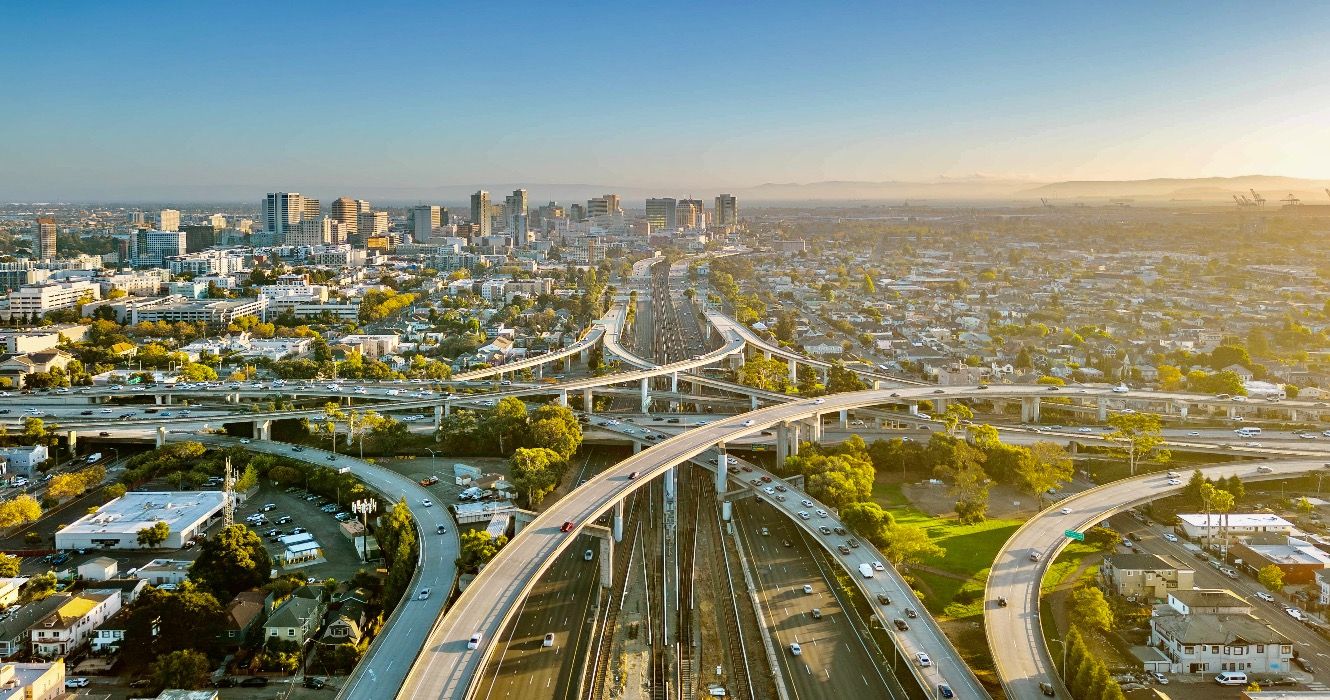California's Diverse Wildlife: Protecting Endangered Species
California is home to some of the most diverse ecosystems in the United States, ranging from coastal beaches to towering mountains and arid deserts. This diversity of habitats makes California a sanctuary for a wide variety of wildlife. Unfortunately, many species in the state are facing the threat of extinction. Efforts to protect these endangered species are crucial to preserving California’s rich biodiversity. In this article, we will explore the endangered wildlife in California and the ongoing efforts to protect them.
1. The Importance of California’s Biodiversity
California’s biodiversity is one of its most valuable natural resources. The state’s diverse climates, ecosystems, and landscapes provide a variety of habitats for numerous plant and animal species. This biodiversity supports a healthy environment, provides essential ecosystem services, and contributes to the state’s economy through tourism and conservation efforts.
Why Biodiversity Matters:
- Ecosystem Stability: A diverse range of species helps maintain ecosystem balance and resilience, ensuring the health of habitats such as forests, wetlands, and oceans.
- Economic Benefits: Tourism, agriculture, and fishing industries depend on healthy ecosystems that support wildlife.
- Scientific Discovery: California’s diverse ecosystems offer opportunities for scientific research, helping to better understand the interconnections between species and their environments.
2. Threats to California’s Wildlife
While California’s wildlife is abundant, many species face significant threats that jeopardize their survival. Habitat destruction, climate change, pollution, and illegal poaching are just a few of the challenges these species face.
Key Threats to California’s Wildlife:
- Habitat Loss: Urban expansion, agriculture, and deforestation are encroaching on natural habitats, leaving species with fewer places to live and breed.
- Climate Change: Rising temperatures, changing precipitation patterns, and more frequent wildfires are disrupting ecosystems and threatening the survival of species that depend on stable environmental conditions.
- Pollution: Pesticides, plastic waste, and water contamination negatively impact wildlife health, particularly for aquatic species.
- Poaching and Overhunting: Illegal hunting, fishing, and wildlife trafficking continue to threaten vulnerable species such as elephants, sea otters, and certain types of fish.
3. Endangered Species in California
California is home to numerous species that are either endangered or at risk of extinction. These species are critically important to the health of the ecosystems they inhabit. Protecting them is a top priority for conservationists, government agencies, and environmental organizations.
Notable Endangered Species in California:
- California Condor: One of the most endangered birds in the world, with fewer than 500 individuals remaining. Efforts to protect them include captive breeding programs and habitat restoration.
- Mountain Lion: Also known as pumas or cougars, these big cats are facing declining populations due to habitat loss and human-wildlife conflict.
- Sea Otter: These marine mammals are essential to coastal ecosystems but face threats from oil spills, pollution, and entanglement in fishing nets.
- Western Pond Turtle: This small aquatic turtle is at risk due to habitat destruction and the introduction of invasive species that compete for resources.
- Delta Smelt: A small fish native to the Sacramento-San Joaquin Delta, the Delta smelt is endangered due to water diversion, habitat degradation, and climate change.
4. Conservation Efforts to Protect Endangered Species
California has been at the forefront of wildlife conservation efforts, with numerous initiatives aimed at protecting endangered species. These efforts involve partnerships between government agencies, non-profit organizations, and local communities to implement effective conservation strategies.
Conservation Strategies for Protecting Wildlife:
- Habitat Restoration: Restoring degraded habitats, such as wetlands, forests, and grasslands, helps provide safe spaces for endangered species to thrive.
- Captive Breeding Programs: These programs are designed to increase the population of endangered species in controlled environments before they are reintroduced into the wild.
- Wildlife Corridors: Creating wildlife corridors allows animals to safely migrate between habitats, reducing human-wildlife conflict and helping species find food, mates, and shelter.
- Legislation and Protection Laws: Laws such as the California Endangered Species Act and the federal Endangered Species Act provide legal protection for vulnerable species, restricting activities that threaten their survival.
- Public Education and Advocacy: Raising awareness about the importance of wildlife conservation through education programs and advocacy campaigns is vital to garnering public support for these efforts.
5. The Role of Community and Volunteers
Conservation efforts are most successful when communities and individuals come together to protect wildlife. Volunteers play a key role in monitoring wildlife populations, restoring habitats, and raising awareness about endangered species. Local communities are also crucial in reducing human-wildlife conflict and promoting sustainable practices that benefit both people and animals.
Ways Communities Can Help:
- Volunteer Opportunities: Volunteers can participate in wildlife monitoring, habitat restoration, and environmental clean-up programs.
- Sustainable Practices: Communities can adopt sustainable practices such as reducing waste, conserving water, and creating wildlife-friendly spaces in urban areas.
- Advocacy: Individuals can advocate for stronger environmental protections and support policies that prioritize the preservation of wildlife.
6. Conclusion: Protecting California’s Future
California’s wildlife is a vital part of the state’s natural heritage, and protecting these endangered species is essential for maintaining the balance of its ecosystems. Through continued conservation efforts, habitat restoration, and public involvement, we can ensure that future generations will be able to enjoy the rich diversity of life that California has to offer. It is up to all of us to play our part in safeguarding the state’s wildlife and preserving its natural beauty for years to come.














